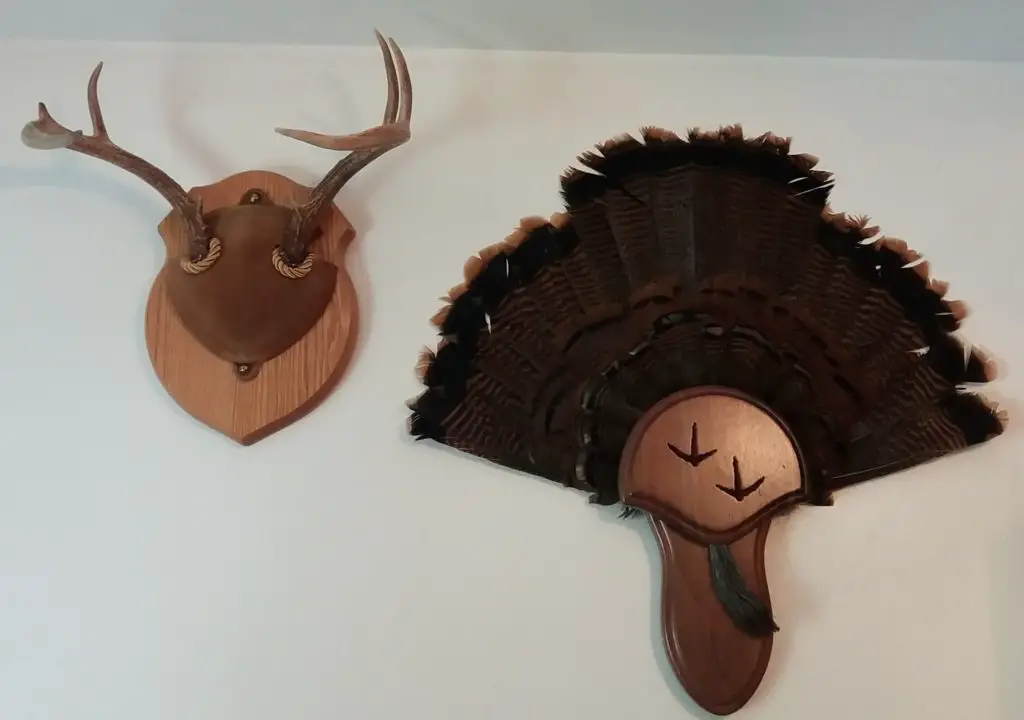Has a myth ever hindered you? The truth can lift burdens and bring freedom. On this episode I debunk 7 hunting myths that make it hard for people to start hunting or to pursue new types of game.
Hunting myths can mostly be broken down into two main categories, internal and external.
Internal Hunting Myths
- These are things you believe about yourself.
- Things no one told you.
- They may be started or perpetuated by a bad experience or observation.
- You never questioned them because they seemed to always there.
- Now is the time to question things!
External Hunting Myths
- These are things someone else told you were true.
- They are based on tradition, folklore, experiences, and something basically nothing.
- Things are said enough times and over enough generations that people assume they are true.
- You never thought to question these things because you never had a reason.
- This is the time to start questioning!
Listen to the episode to hear the 7 myths that bog down new hunters.

